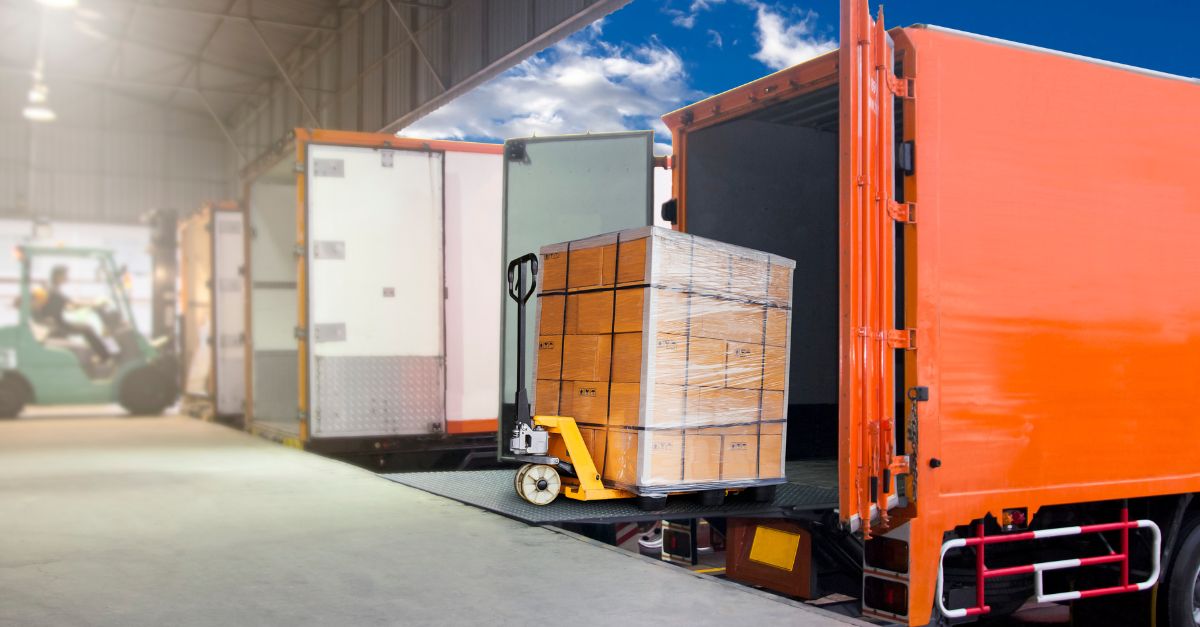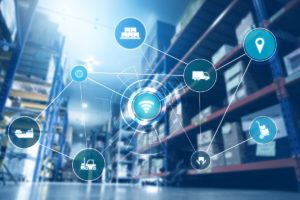
Insights on the State of Logistics Report
Resilience Tested

Insights on the State of Logistics Report
Resilience Tested
I just finished reviewing CSCMPs (Council of Supply Chain Management Professionals) Annual State of the Logistics Report, authored by Kearney with input from a number of industry professionals. The report primarily covers 2019, and I was surprised to see it was the 31st year of publication. (I have some catching up to do as I am roughly 30 years behind in reviewing these reports.) Nevertheless, this year’s report provides not only a nice overview of the logistics industry but also delivers very useful deep dives into each sector along with key implications and overall themes to watch for going forward—including one that I was not expecting to see.
A couple of weeks ago, Rob Oglesby and I discussed the report on Parker Avery’s podcast, “Talk Retail to Me,” and it was a lively dialogue around our findings that are relevant to the retail and consumer goods industries and our clients.
This year’s report is titled “Resilience Tested” and is clearly tied to the impacts of the COVID-19 pandemic. The title makes complete sense given what we are experiencing, but it is heavily weighted towards 2020 and not necessarily the calendar year of 2019 (which I presume is the typical focus of the “annual” reports).
Regardless of the title, the report is focused on 2019 overall logistics industry performance with insight into the first half of 2020 and early pandemic observations and impacts. It typically starts with a brief history of the prior year’s performance, then leverages analytics to provide an updated overview of 2019’s performance, and finishes up with 2-3 key observations for the sector looking to the future. The supporting analytics and graphs are well done, offering insight not easily found without substantial research, and paint the picture describing how each sector fared over the past 12-18 months. I found this sector-by-sector breakdown the most useful part of the report, helping me get a real sense of how the industry is operating and key considerations for Parker Avery’s clients.
Due to the timing of publishing, most analytics did not include a full 2020 data set. As such, I am really looking forward to next year’s report to see the full impact on the historical trends across the various logistics components, which should make for some truly eye-opening insights.
Following a nicely summarized executive summary, the body of the report kicks off with a macroeconomic overview of the US economy, setting the stage for a more detailed logistics sector-by-sector analysis to follow. Needless to say, no typical economic metrics predicted the disaster that came with the global 2020 pandemic (supported via the sharp upward or downward spikes in most of the graphs highlighting economic indicator performance over time) and it finishes up identifying initial predictions pointing toward a U-shaped recovery in 2021.
The bulk of the report is focused on logistics performance for each sector throughout 2019, which is evaluated in suitable detail to assist in drawing conclusions about how the trends could impact your business going forward. As I thought about Parker Avery’s clients, a few key callouts resonated:
Based on the above, smart shippers (and/or retailers) have an opportunity to leverage the new capacity across several sectors to help lock in cost reductions moving forward.
There were several key themes that jumped out at me in the report. These themes were no doubt influenced by the pandemic, but even absent such global disruption, they speak to opportunities for proactive organizations to position themselves for success in a dynamic, uncertain environment.
The report also covers a topic that I was not expecting to read much about, despite the current avalanche of consumer advertising on the topic: 5G. I was surprised by the space dedicated to 5G and its potential benefits and implications for the logistics sector. 5G seems to be 2020’s “shiny new object” replacing AI/ML (which continues to fight for relevancy). Further, it was interesting to read about the various use cases already being developed or in initial pilots across the sectors. It is clear that as 5G infrastructure reaches critical mass and acceptance, the logistics industry will have numerous opportunities to leverage 5G benefits to drive game-changing value both for providers and end-consumers.
All in all, the report made for some very good reading for those with an interest in logistics-relevant data analysis. It was a thorough approach and called out some interesting opportunities for proactive organizations in the marketplace. The report also highlighted some pioneering technological opportunities that could help organizations build resilience for current challenges as well as position them for future growth.
I am glad I found this report (thanks to CSCMP membership.) and will leverage it as I collaborate with Parker Avery clients currently battling through pandemic-related impacts. I look forward to reading next year’s report to see how the analytics show the complete impact of 2020—and the hopeful upward recovery curve—as well as insights into 2021 and beyond.
Author
The Parker Avery Group is a leading retail and consumer goods consulting firm that transforms organizations and optimizes operational execution through development of competitive strategies, business process design, deep analytics expertise, change management leadership, and implementation of solutions that enable key capabilities.




